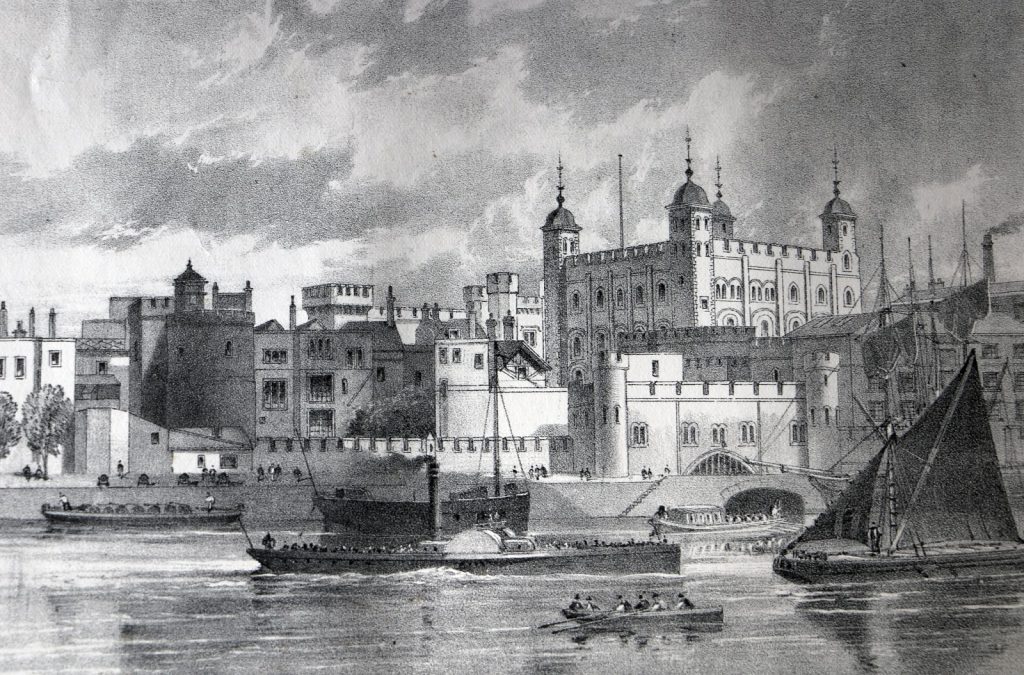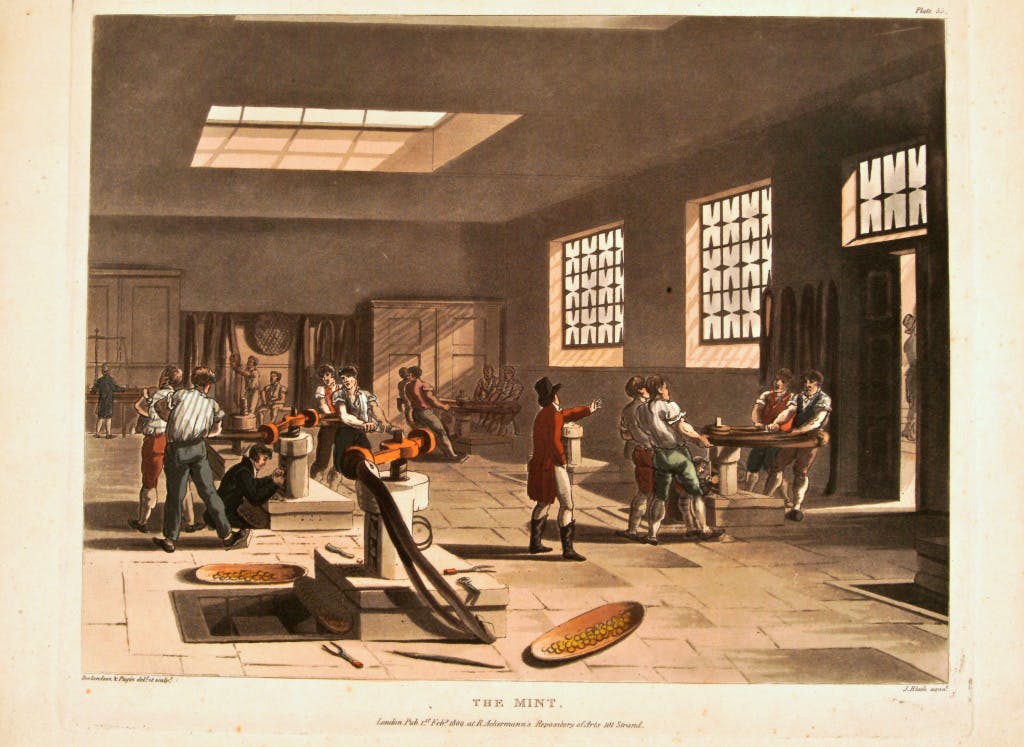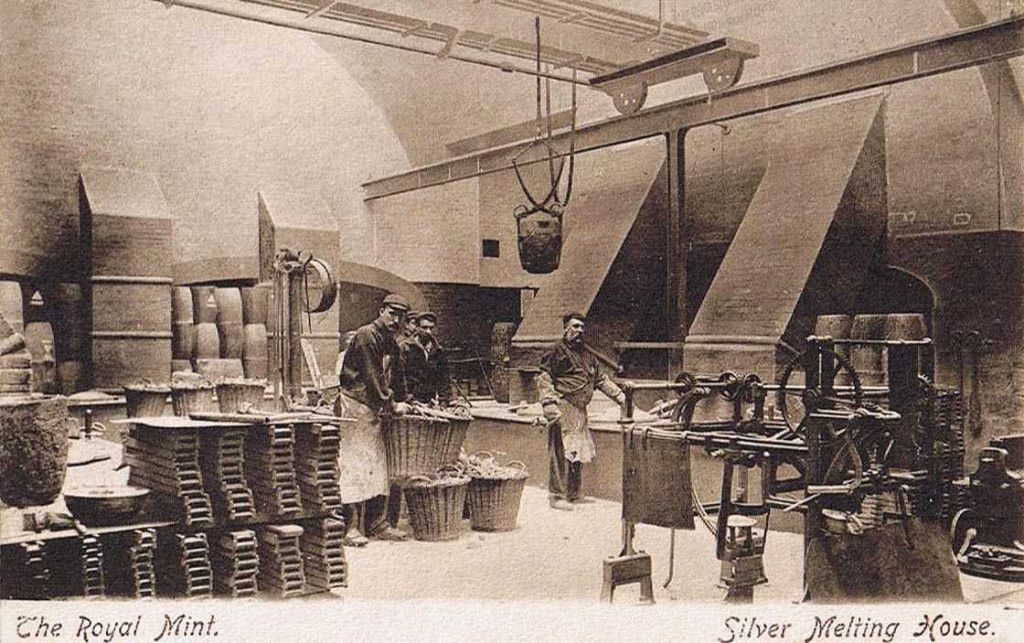Posts Tagged ‘Tower of London’
Discover the ghostly secrets of the Tower of London
Standing tall on the banks of the River Thames for nearly a millennium, The Tower of London is one of the most iconic landmarks in Britain and has been centre of some of the nation’s most dramatic events…
It was built by William the Conqueror in 1078 and in the years that have followed it has served as a royal residence, a fortress, a prison, a Mint and it is still the home of the Crown Jewels to this day.
With all this history, it’s no surprise that the Tower is associated with some of Britain’s most famous figures from iconic royals through to dastardly criminals!
Watch our latest video below to discover some of the famous figures who have walked – and perhaps still do walk – the Tower’s hallowed halls!
Continue reading to find out about the ULTIMATE Tower of London £2 Coin and Stamp Cover.
JUST £20: The Tower of London BU £2 Cover
Today you have the opportunity to secure the BRAND NEW Tower of London BU £2 Coin Cover for JUST £20 (+p&p).
This is the MOST LIMITED way to own the sought-after Tower of London £2 in Brilliant Uncirculated quality.
Your Tower of London Cover brings together the BU £2, released as part of the British Castles £2 Set, alongside the Royal Mail’s Tower of London 1st Class Stamp. Each Cover features specially-commissioned artwork and will be officially postmarked on 5th November 2024 – the anniversary of Guy Fawkes’ imprisonment.
ONLY 2,024 Covers will be released. Click here to secure yours for JUST £20 (+p&p) >>
Tales from The Tower’s maximum security Mint – where making coins was a dangerous business
A symbol of royal power for nearly 1,000 years, the Tower of London remains one of Britain’s most iconic attractions.
But did you know that for over 500 years The Tower of London housed The Royal Mint?
It’s safe to say that during The Royal Mint’s time in The Tower, making coins was hot, noisy and dangerous affair. So much so that tampering with coins was considered treason, and the threat of gruesome punishment alone was enough to deter most, if not all, forgers and thieves.
For me, there’s no coin stories as fascinating as the ones that originate from The Royal Mint’s time a at The Tower. Here’s a selection of my very favourite ones…
Health and Safety was not a concern
In stark comparison to the society we live in today, the health and safety of Mint workers was not a top priority during the Mint’s time in The Tower.

Mechanisation in the 1600’s was welcome relief for Mint workers, as up until this point, all coins were made by hand. As a result, it wasn’t unusual for workers to be injured, and the loss of fingers and eyes was not uncommon.
When it came to striking the coins, split second timing and staying alert could mean the difference between making a coin and losing a finger! That’s because in order to strike a coin, one worker would place a handmade piece of metal between two engraved stamps – called dies – and a second worker would then strike it with a hammer. This procedure would stamp the coin design on to the metal, but if both parties were not on the ball sometimes a finger would be removed in the process.
Even then, it actually wasn’t until screw-operated presses were introduced in the 1700’s that life for Mint workers became relatively safe.
Dirty, deadly money
Working in the Mint was dirty and dangerous work. Huge furnaces were used to melt down precious metal, and the air was full of deadly chemicals and poisonous gases. This made the coin making process a real hazard.
In the 1560’s a group of unfortunate German workers learned this the hard way. Several of them were suspected to have been poisoned by clouds of noxious gas, and they fell incredibly ill. Seasoned workers at the Mint advised them of the cure – to drink milk from a human skull! Despite the so called ‘cure’, several men died.
The mysterious case of Sleeping Beauty
Several decades prior to this, in the 1540’s, William Foxley was another victim of the Mint’s lax health and safety. Though how exactly, still no one to this day knows for sure! Foxley was a potter at the Mint, and one day he fell asleep over his pots and no one could wake him up.

It’s unclear what exactly caused Foxley’s coma, and allegedly King Henry VIII himself swung by The Tower to check out the mysterious sleeping beauty. For the majority of the British population, the only way they knew what their monarch looked like was thanks to the obverse of the coin. So Foxley will have been disappointed to have slept through his audience with the King.
This case perplexed physicians for 14 days, after which Foxley woke up and was the picture of perfect health. Remarkably he lived for another 40 years.
Tampering with coins was considered treason
Treason was not taken lightly. In fact any tampering with coins, such as shaving silver from the edge of a coin to steal it, was classed as treason and the severe punishments that awaited thieves and forgers was nearly enough in most instances to put them off.
During medieval times, the sentence for a first-time convicted counterfeiter was to remove their right hand. Any second offences were punishable by castration. It’s unknown exactly what followed this particularly gruesome punishment for a third or even a fourth offence.
But if you think this is severe, in later years and right up until the 1700’s male forgers suffered a traitor’s death – that is to be hung, drawn and quartered. Meanwhile, female forgers were either burned at the stake or transported on one of the infamous convict ships to their designated place of exile.
If you’re interested…
The Royal Mint has just released a BRAND NEW UK £5 coin to celebrate its longstanding and fascinating history with The Tower of London.
The coin is available in a range of specifications, including Brilliant Uncirculated and extremely limited edition Silver Proof and Silver Proof Piedfort. Given the historical significance of this commemorative, it is expected to be highly sought-after by serious collectors now and in years to come. That said, we do not expect to be able to offer it for long.



